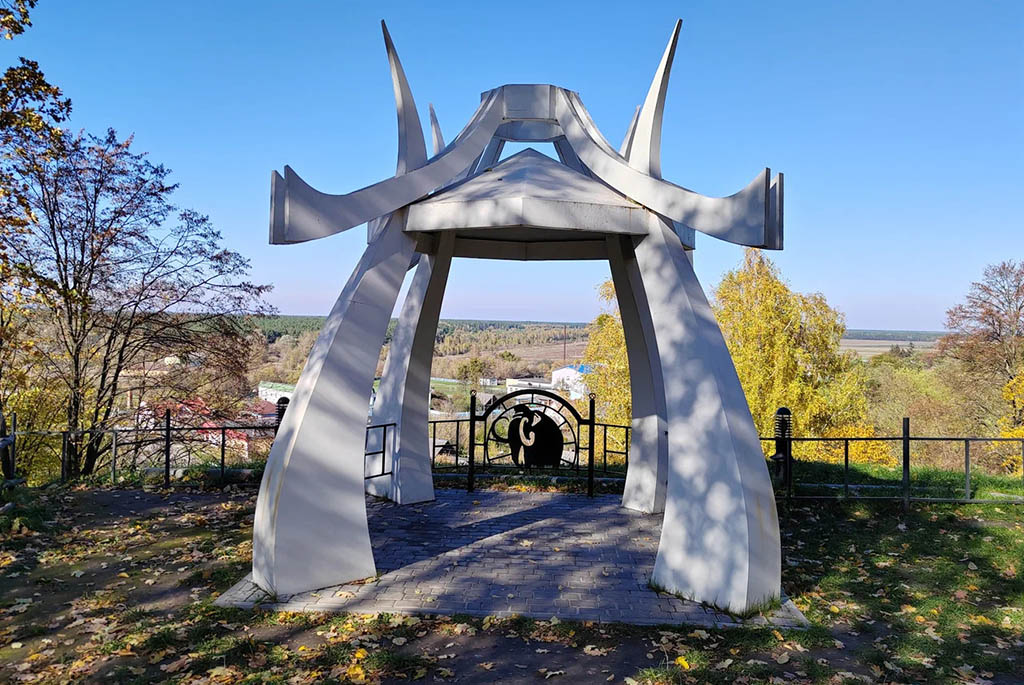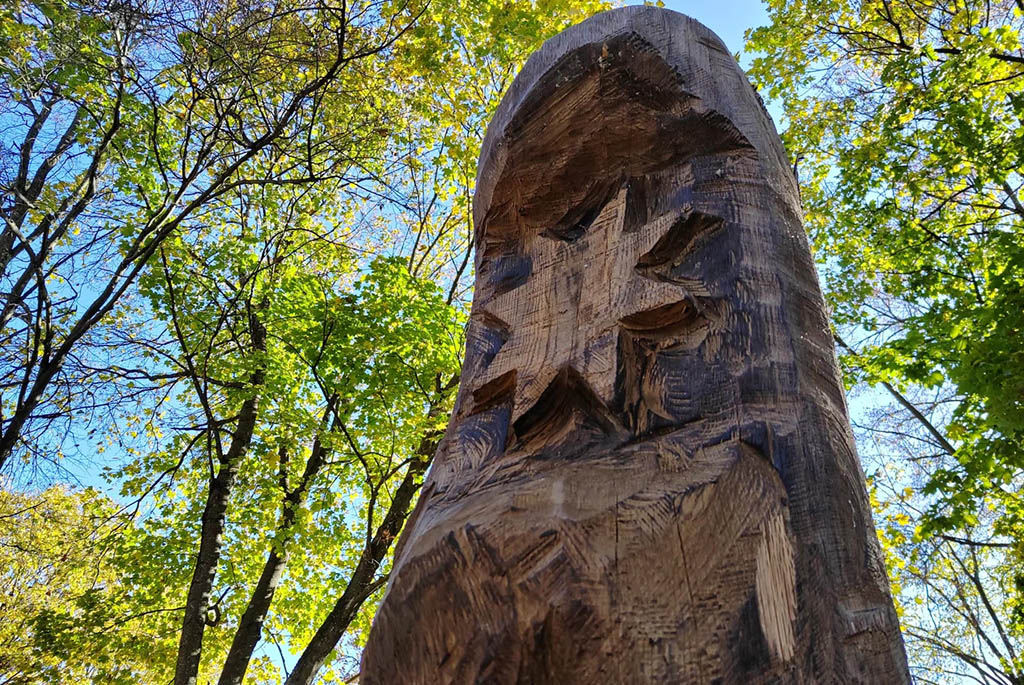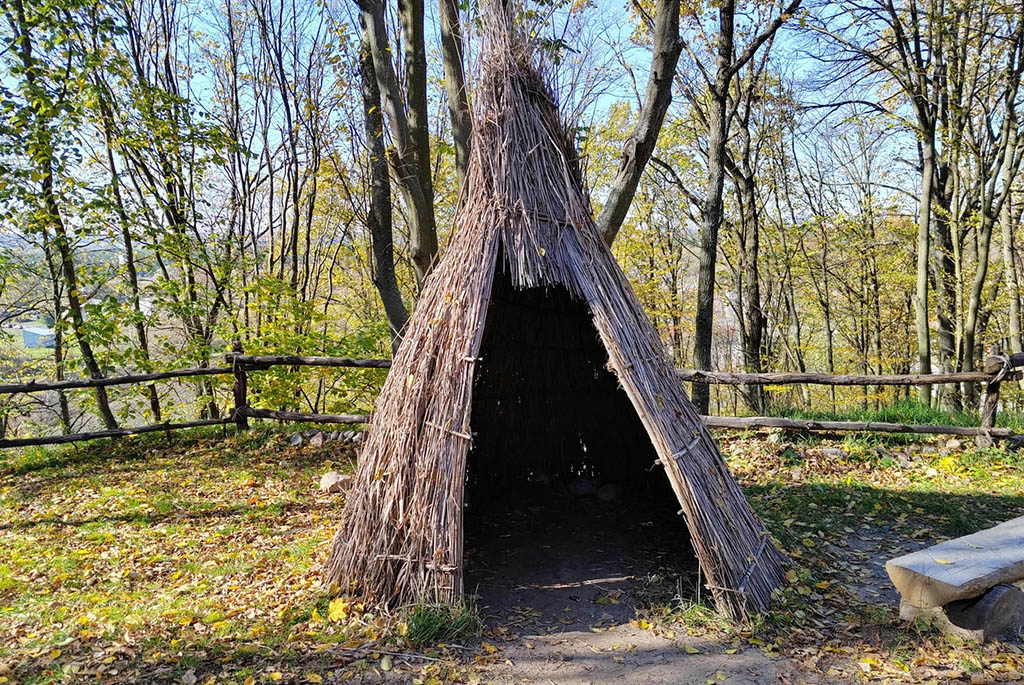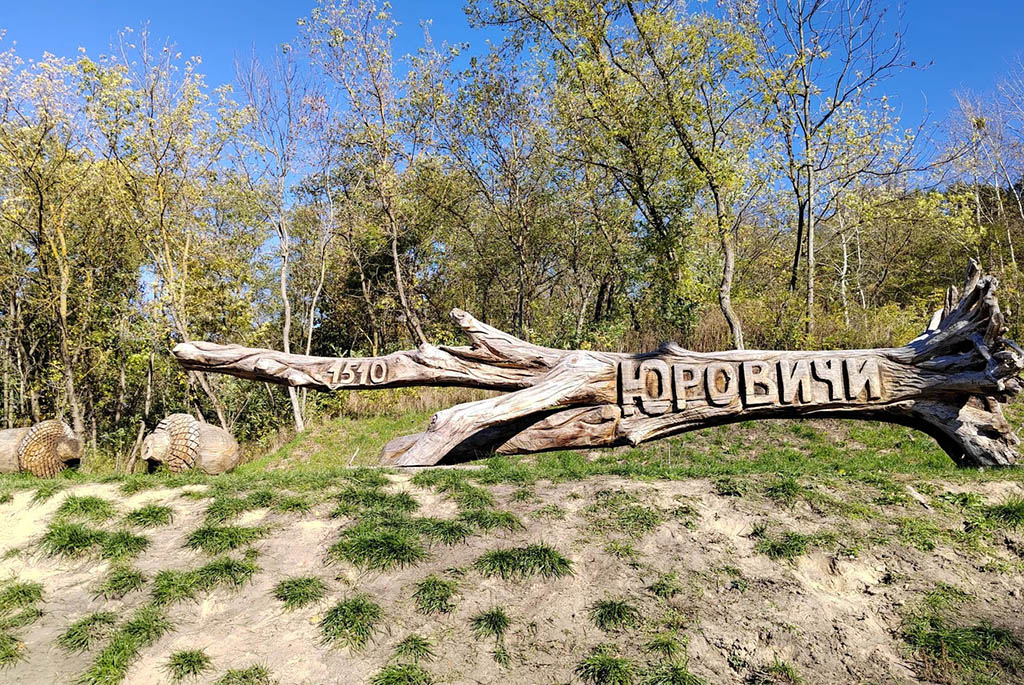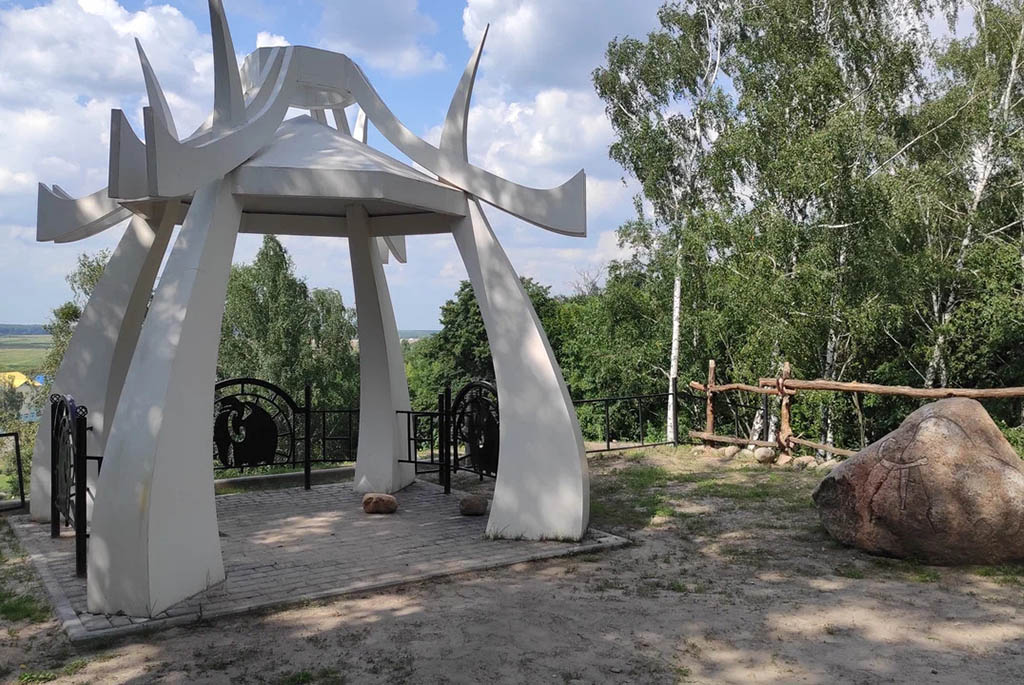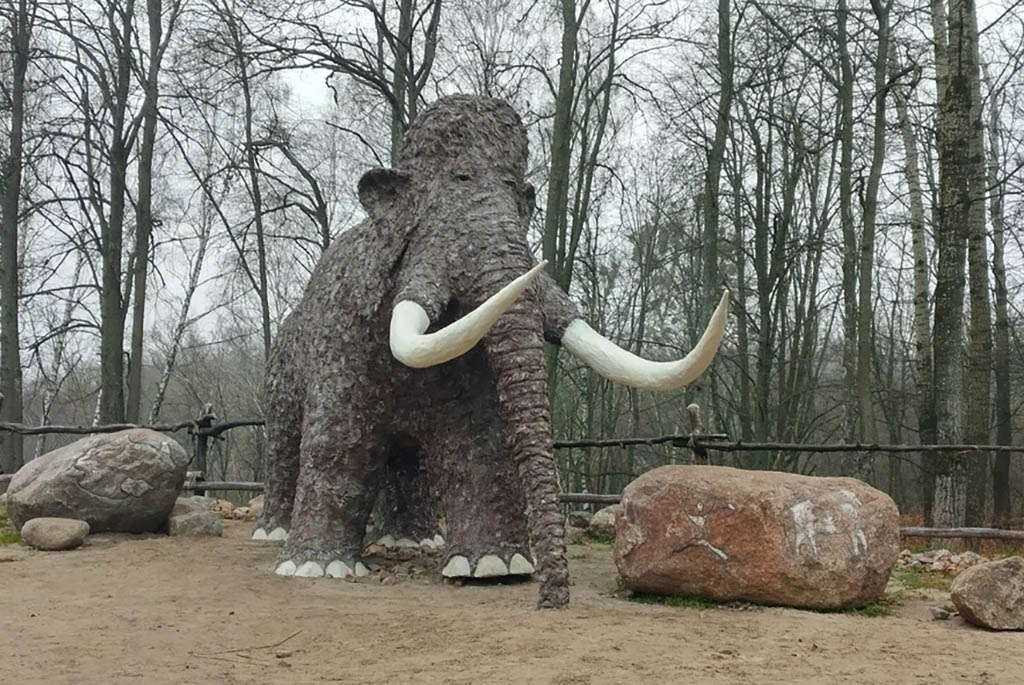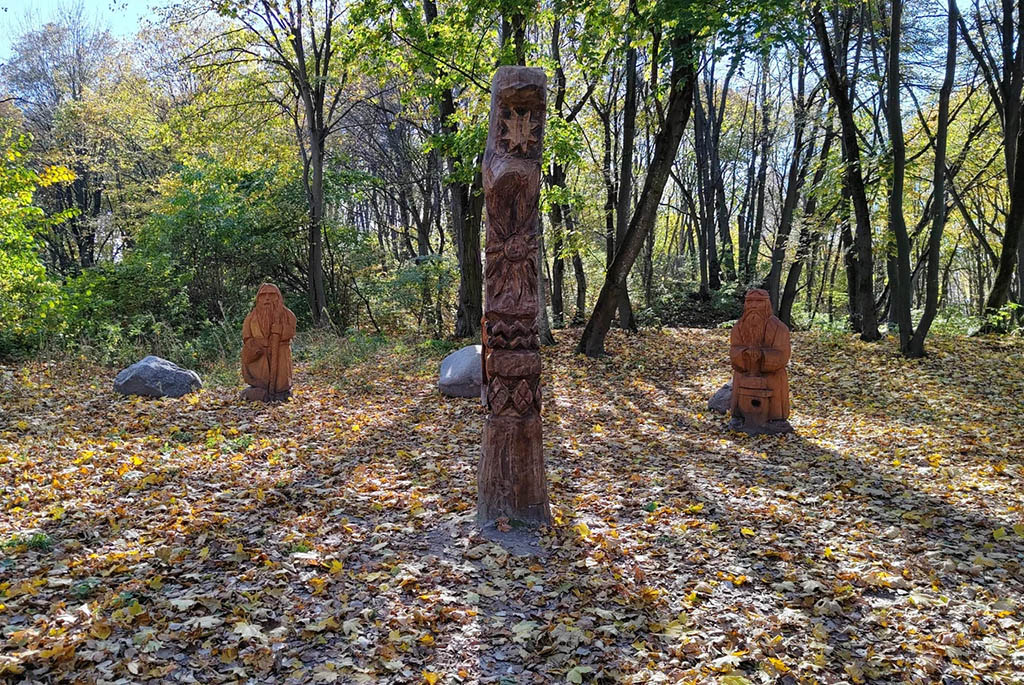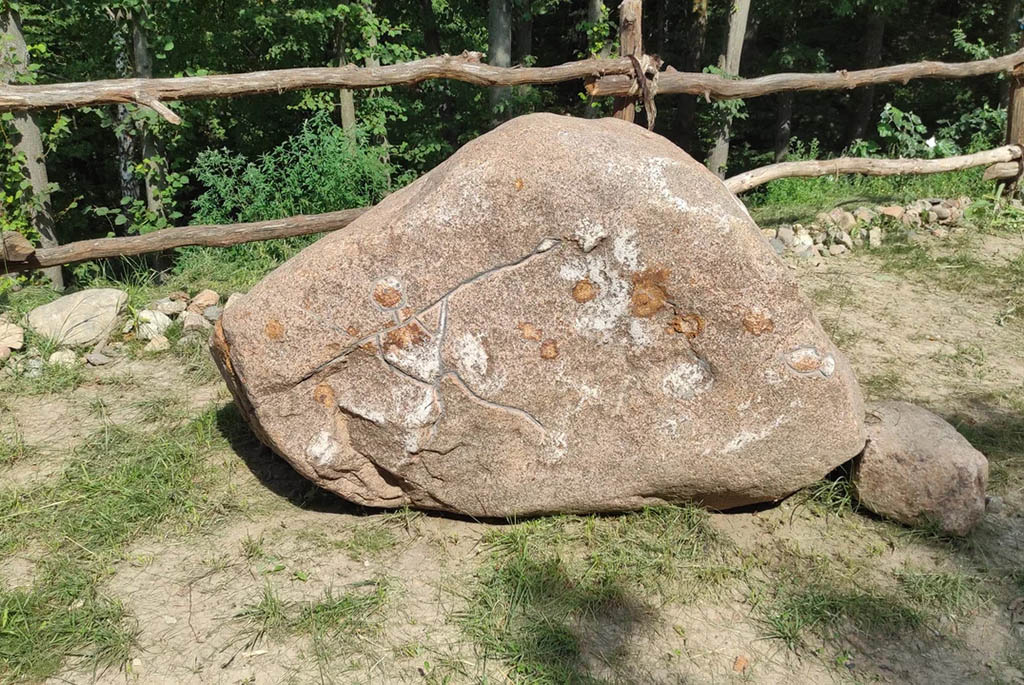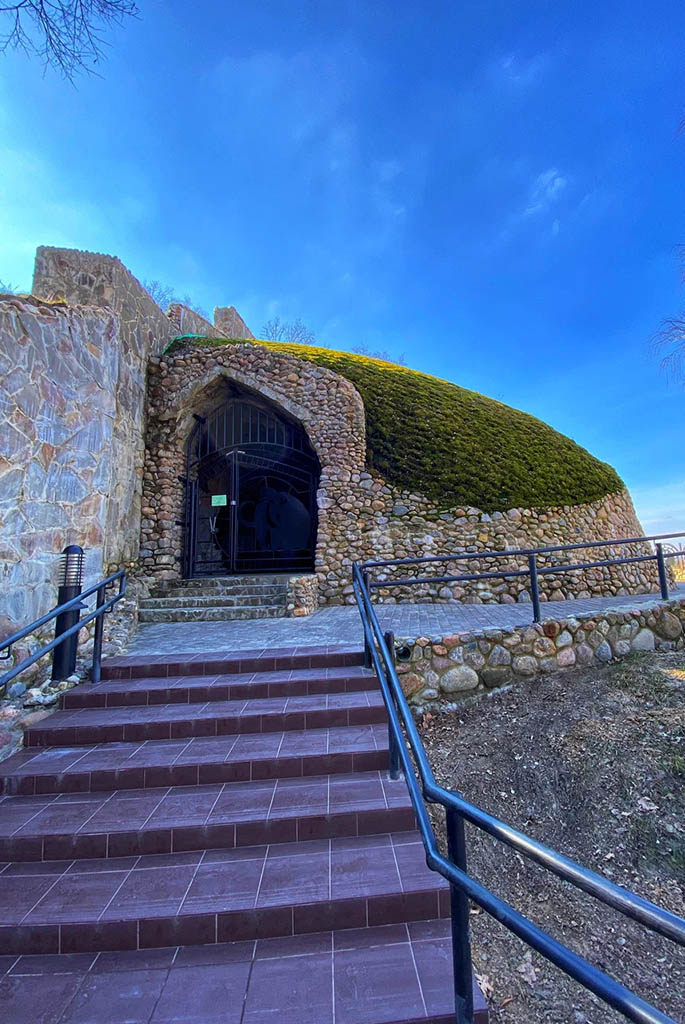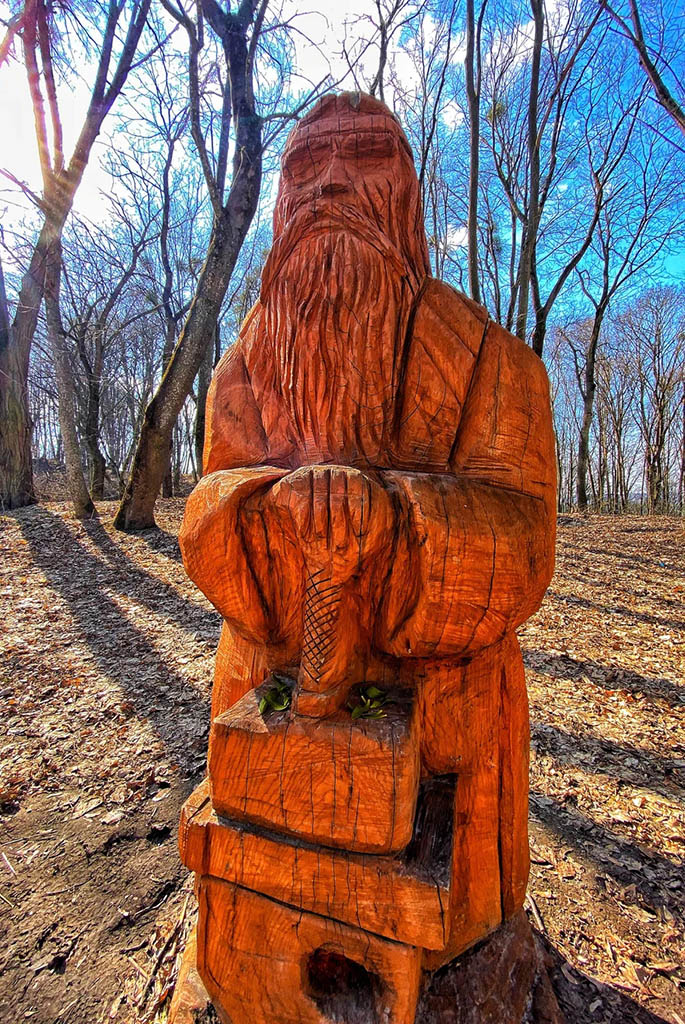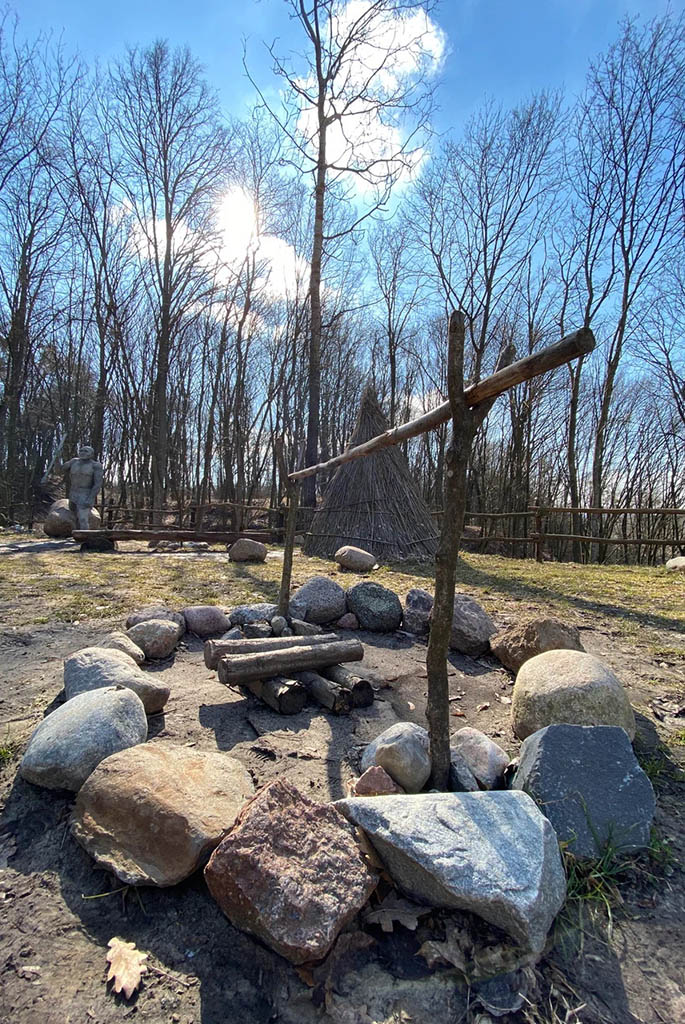Local residents facilitated the discovery of the site. At the beginning of the last century, village children began bringing large bones to school, unlike any remains of wild or domestic animals. The findings intrigued Julian Popel, the then head of the school, who decided to organize the first excavations in the vicinity of Yurovichi. After finding mammoth bones, the area attracted the interest of specialists from the Belarusian Academy of Sciences. A scientific expedition was sent to Yurovichi, the results of which were amazing archaeological finds:
- Bones, tusks, and teeth of mammoths.
- Remains of other wild animals, including the extinct woolly rhinoceros.
- Tools made of flint.
- Remains of ancient dwellings and foundations, made from animal bones.
- Remains of hearths lined with stones.
Research has shown that the age of the discovered site is over 26 thousand years. This historical period belongs to the late Paleolithic. Scientists assert that this ancient settlement existed here for several millennia, up until a glacier came into this part of Europe. With the changing climate, people had to move south to survive.
When the glacier receded, people returned to these lands, as the area here was fertile, the rivers were full of fish, the forests were full of wildlife, and from the natural height, it was convenient to defend against enemies and watch over herds. Excavations conducted near Yurovichi in the 1970s uncovered five more ancient settlements. Three belonged to the Neolithic era, and the remaining two dated back to the Iron Age and the Early Middle Ages.
The Museum of the Primitive Human Site
For many years, scientific work was carried out at the Yurovichi site. Almost 100 years after the first findings, in the spring of 2021, a unique open-air museum was opened on the territory of the ancient settlement. It is now part of the tourist route "Golden Ring of the Gomel Region".
Objects located on the museum territory:
- An exhibition pavilion, where a panorama has been recreated, reflecting the life of primitive people. The exposition is represented by tools, household items, bones of ancient animals, and other finds discovered at the Yurovichi site. Among the amazing exhibits is a real mammoth tooth weighing 4 kg.
- An observation deck offering picturesque views of the Yurovichi surroundings. Here is a stylized exposition of a Cro-Magnon settlement, where you can see the dwelling of ancient people, sit by an improvised fire, imagining yourself as a Paleolithic person.
- A sculpture of a Cro-Magnon and a huge full-sized mammoth figure provide great opportunities for unique photos.
- Boulders with copies of cave drawings found on European territory.
The Museum of the Primitive Human Site is located 130 kilometers from Gomel. The most convenient way to get here is by car. From Kalinkovichi to Yurovichi, there are also regular buses. The museum is open from Tuesday to Saturday, with Sunday and Monday being days off.
